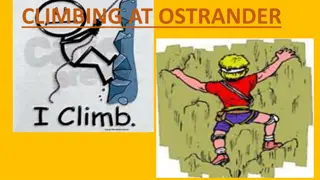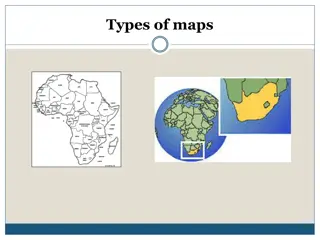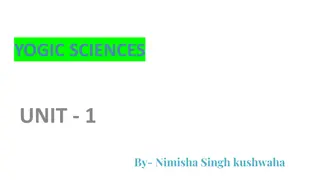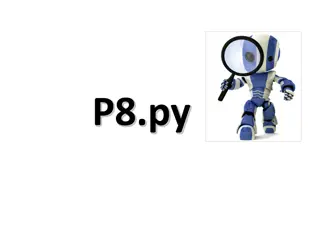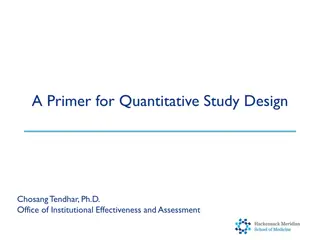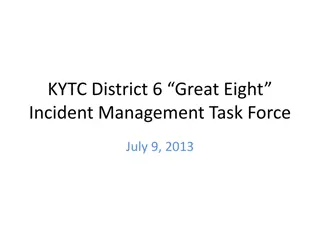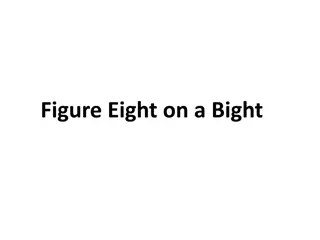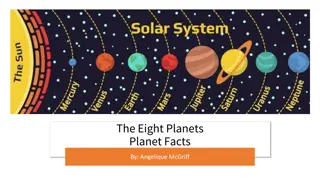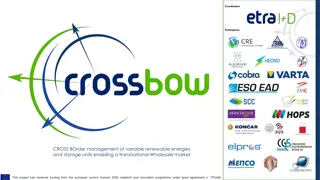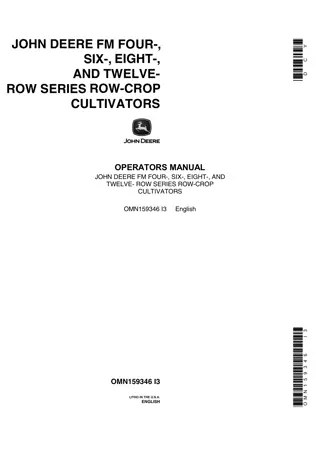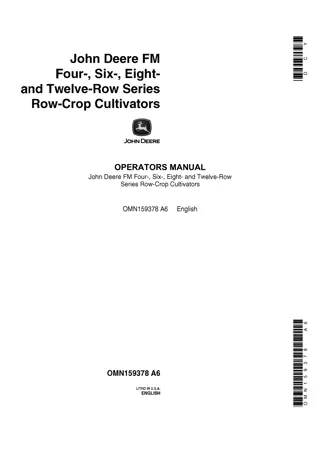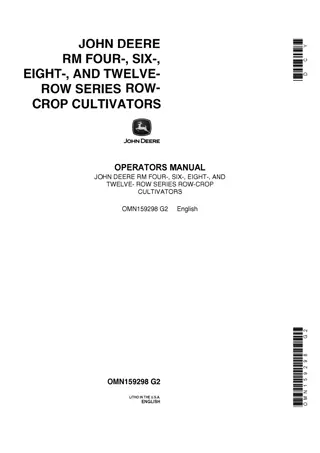LECTURE EIGHT
Quadratic forms are analyzed for optimization using Lagrange Multipliers, focusing on maximizing or minimizing a function subject to constraints. Key insights include maximizing the greater characteristic root and minimizing the minimum characteristic root of the associated vector.
Download Presentation

Please find below an Image/Link to download the presentation.
The content on the website is provided AS IS for your information and personal use only. It may not be sold, licensed, or shared on other websites without obtaining consent from the author.If you encounter any issues during the download, it is possible that the publisher has removed the file from their server.
You are allowed to download the files provided on this website for personal or commercial use, subject to the condition that they are used lawfully. All files are the property of their respective owners.
The content on the website is provided AS IS for your information and personal use only. It may not be sold, licensed, or shared on other websites without obtaining consent from the author.
E N D
Presentation Transcript
LECTURE EIGHT Determination of Maxima and Minima Maximization (Q.F.)
Quadratic form can be represented as : To maximizing / (minimizing) some function f(x) subjected a constrain: g(x) = c on values of x and for more general method is that of "Lagrange Multiplier".
NOTE If the Q.F. is to be maximum then must be the greater characteristic root of A and x is associated vector. Similarly , if the Q.F. is to be minimum then must be the minimum characteristic root of A. As a special case :
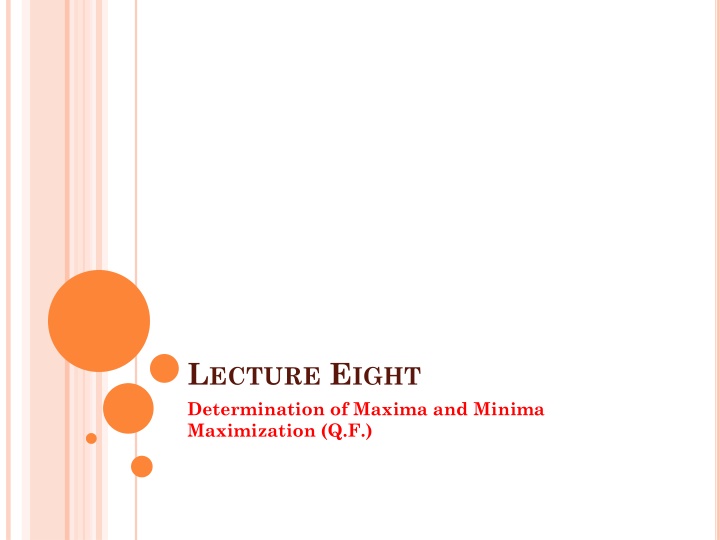

![❤[PDF]⚡ Gemini 5: Eight Days in Space or Bust (Springer Praxis Books)](/thumb/21621/pdf-gemini-5-eight-days-in-space-or-bust-springer-praxis-books.jpg)

